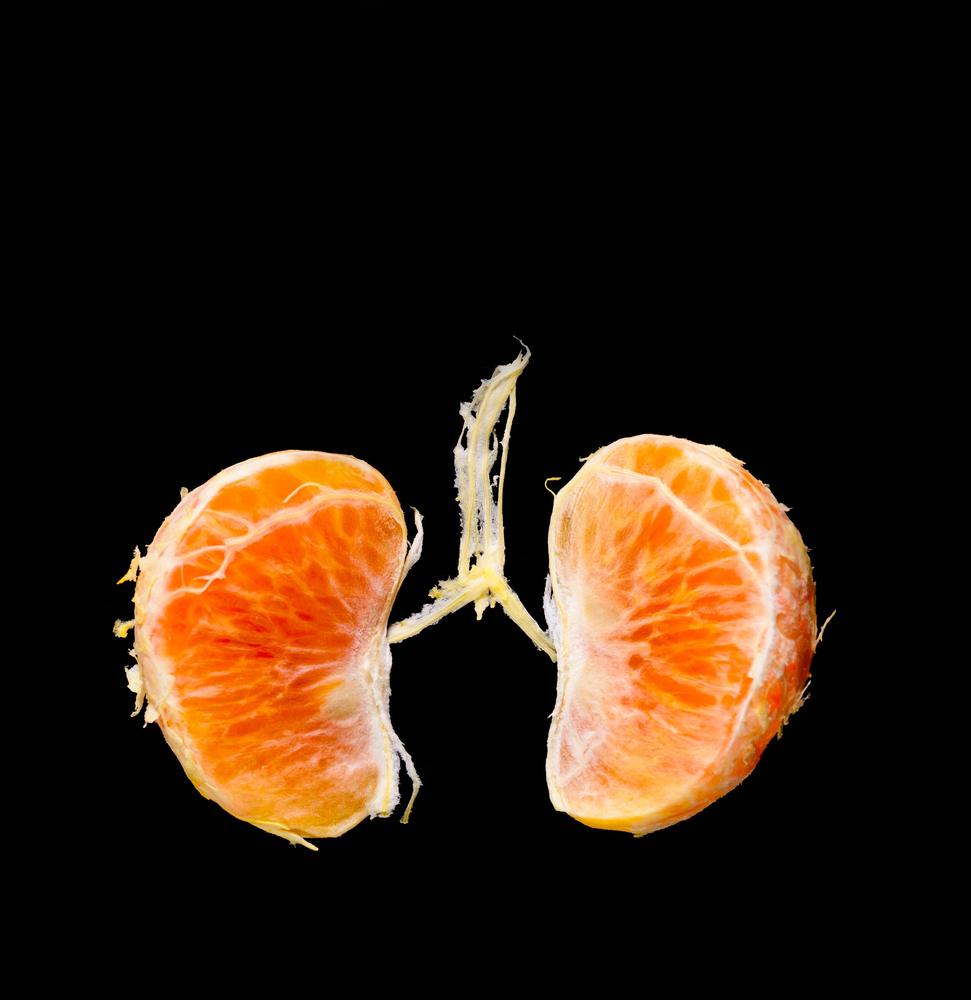Case Study Looks at Difficulties in Treating Both Pulmonary Fibrosis and Emphysema in a Patient

Doctors rarely see patients with symptoms of both pulmonary fibrosis and emphysema, but those who do quickly learn that these patients chart a very different clinical course than those with either condition. A case study by researchers at Deccan College of Medical Sciences in India and the University of Florida underscores this, detailing a patient with combined pulmonary fibrosis and emphysema syndrome (CPFE), the disease’s particular characteristics, and concluding that a lung transplant is the only effective treatment available.
The study, “The worst of both worlds – combined pulmonary fibrosis and emphysema syndrome,” was published in the Annals of Translational Medicine.
Emphysema and pulmonary fibrosis have opposing physiological effects in the lungs. Whereas emphysema gradually damages the alveoli in the lungs, increasing lung capacity (overinflated lungs) and inducing shortness of breath, pulmonary fibrosis scars lung tissue, decreasing lung capacity and often increasing respiratory rates.
Researchers presented the case of a 63-year old man with severe shortness of breath, who had features of both emphysema and pulmonary fibrosis. An ex-smoker and a mechanical engineer, he had been exposed to asbestos, the major cause of malignant mesothelioma. The man was first diagnosed with emphysema in 2012, but computed tomography (CT) scans later revealed fibrosis and a thick walled cystic lesion (TWCL). Pulmonary function tests (PFT) also demonstrated mild obstruction with reduced oxygen exchange.
The authors believe this clinical presentation fits the clinical characteristics commonly used to identify CPFE syndrome. This syndrome is most common in male smokers, and its identification is crucial as these patients have different outcomes and disease course than those with emphysema or pulmonary fibrosis alone. Survival is poor in people with CPFE (median of 2.1 to 8.5 years), and they are at high risk of developing lung cancer, pulmonary arterial hypertension, and acute lung injury.
CPFE is identified using CT scans and radiography, and, increasingly, TWCL is recognized as unique to the syndrome. Such a lesion is found in nearly 73% of all CPFE patients, but has never been observed in people with pulmonary fibrosis or emphysema.
CPFE patients are often excluded from clinical trials designed for patients with chronic obstructive pulmonary disease (COPD, a type of emphysema) and idiopathic pulmonary fibrosis, and as a result it is not known if investigative or new therapies might treat this syndrome. Lung transplants are currently the best and only option, the authors said.
“In view of [the] poor survival data associated with this syndrome and the lack of a definitive management strategy, it is reasonable to offer lung transplantation to all patients with CPFE as soon as they are diagnosed,” they concluded. “Our patient underwent a rapid pre-transplant workup and has undergone a successful double-lung transplantation one week ago.”







